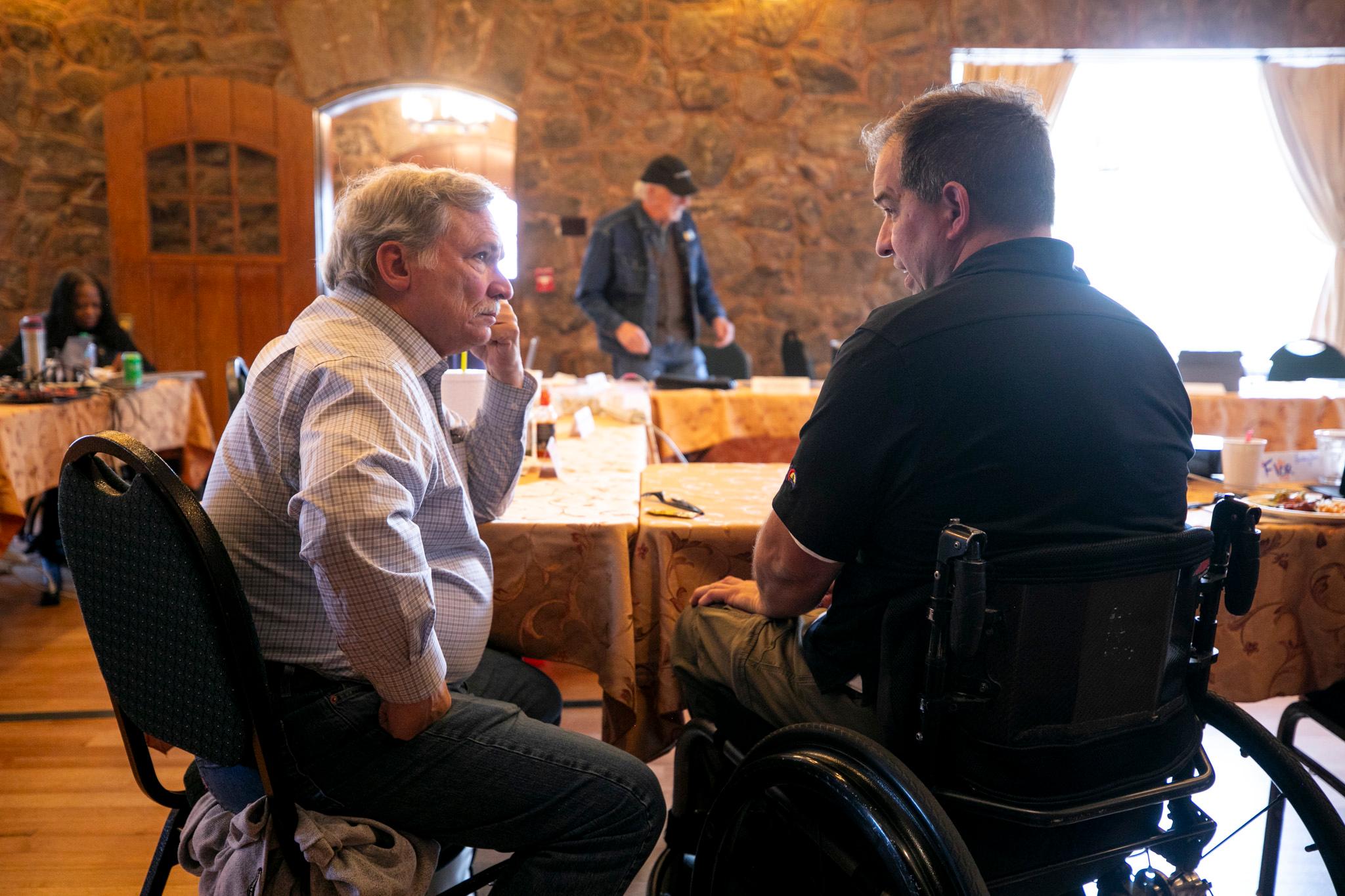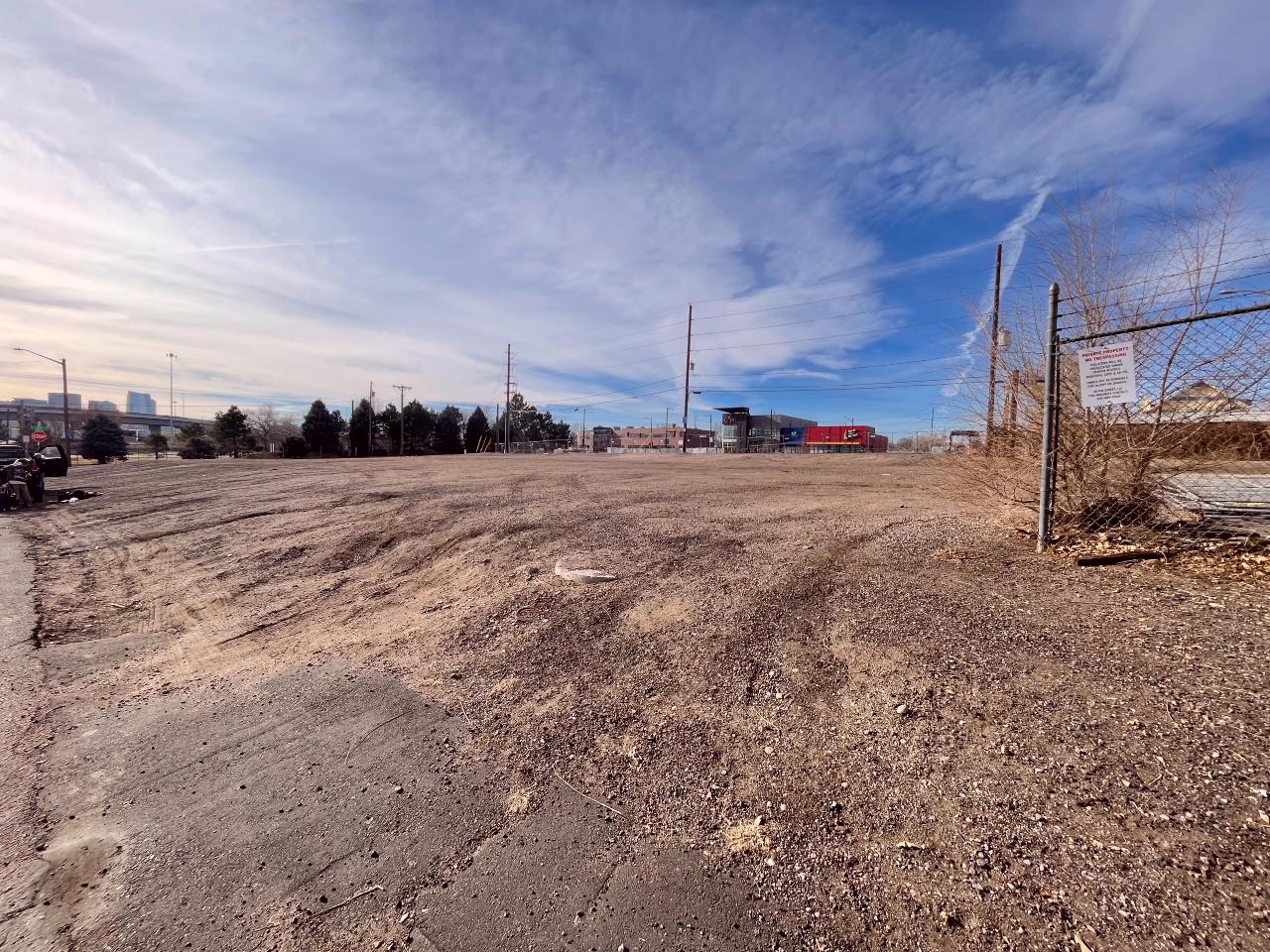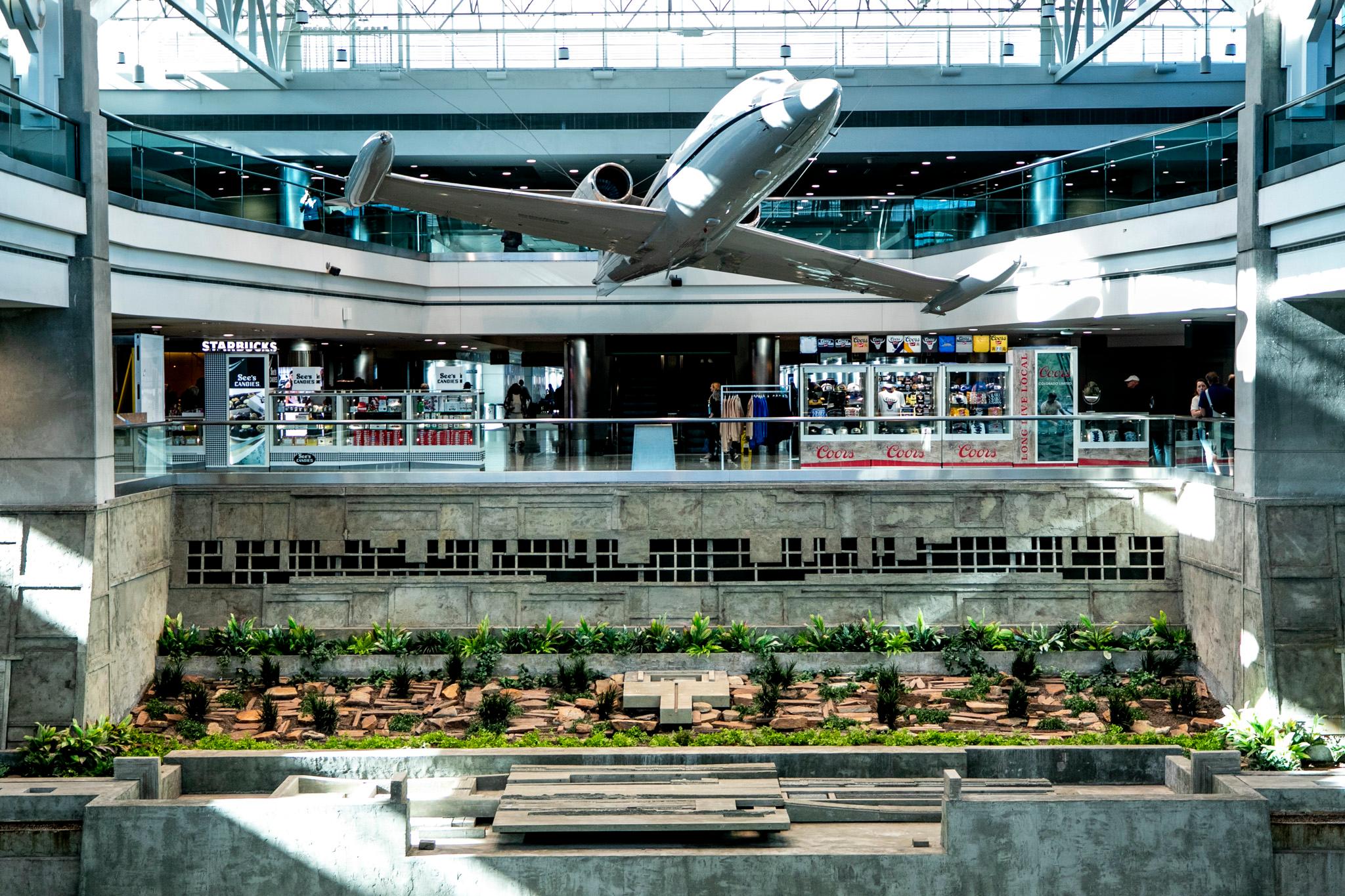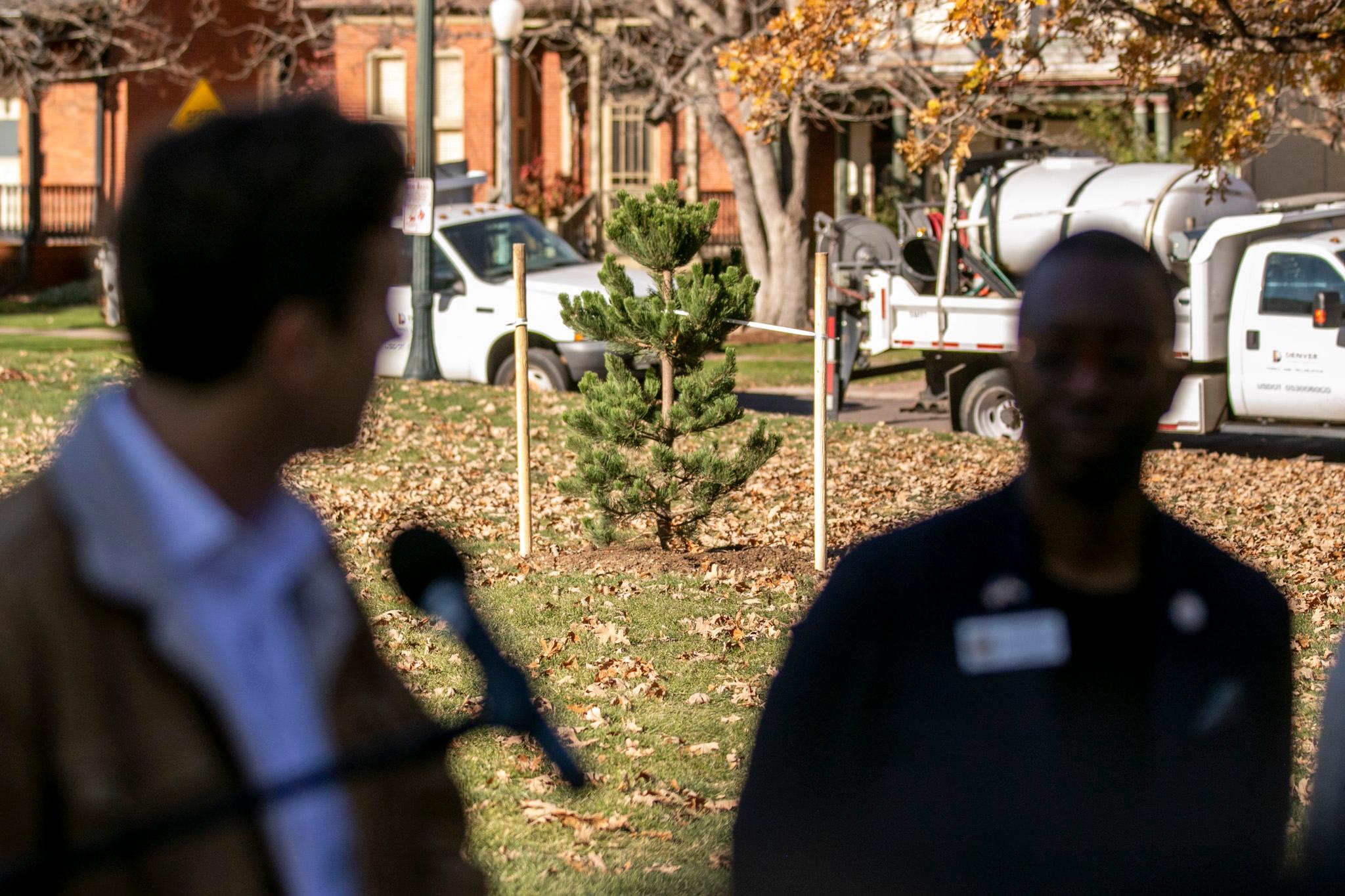The Denver City Council met atop Lookout Mountain at Golden’s Boettcher Mansion last week to plan for the 2026 budget. The elected leaders knew they would likely need to make cuts — but nobody knew just how bad the city’s fiscal situation might be.
“I’ve been hearing rumors of layoffs and furloughs,” Councilmember Stacie Gilmore said as the all-day meeting began on Friday.
The city’s rumor mill is spinning furiously, with some employees fearing budget cuts up to 30 percent, Gilmore said. That would be an extraordinarily high number for an overall budget cut, considering city revenues shrank by 9 percent amid the 2008 financial crisis.
Asked for more detail, Gilmore reiterated that the 30 percent figure was only a rumor. But it reflects a harsh truth: The city is expecting a very tough budget year for 2026, and the council seemed to have no specifics last week about just how bad it could be.
Mayor Mike Johnston’s office declined to comment on any specific numbers. He still has not delivered projections about how much money the city will likely have in 2026, what may need to be slashed and how deeply — leaving the council to rely on guesses and estimates, for now.
“We are continuing to refine our revenue forecasts for both 2025 and 2026 and expect to have more information to share soon,” the mayor’s spokesperson Jon Ewing said.
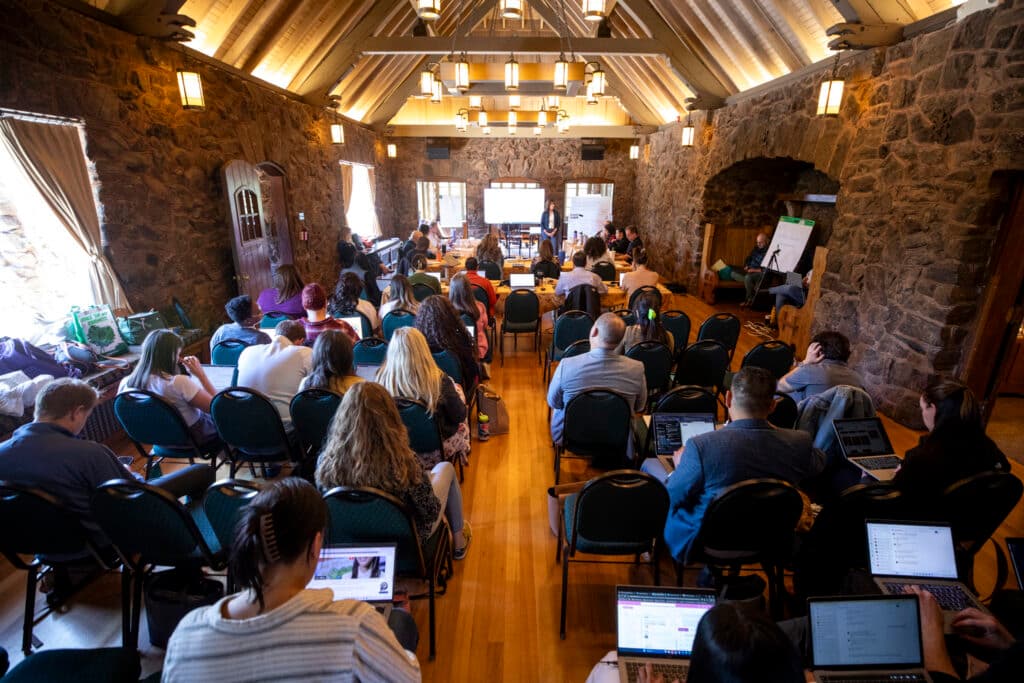
The mayor’s office pledged to let council members and the public know more this week. The mayor’s office plans to meet with staff this Thursday morning and with journalists on Thursday afternoon to discuss the budget situation.
Still, multiple city council members who previously served under Mayor Michael Hancock said they had never entered their full-day retreat to discuss budget priorities without concrete projections.
“We’re in different times, and it’s calling for different measures and approaches,” Ewing said on Monday.
On Friday, big questions loomed as council members hashed out their priorities.
They wondered: How many layoffs will need to happen, if any? How many programs will be cut? How much will city services suffer?
“I really feel like we are at risk today of coming up with things that will make us look bad when the mayor announces whatever he’s going to announce,” Councilmember Kevin Flynn told his colleagues at the retreat.
“I think we’re in for a wild ride in front of us,” said City Council President Amanda Sandoval.
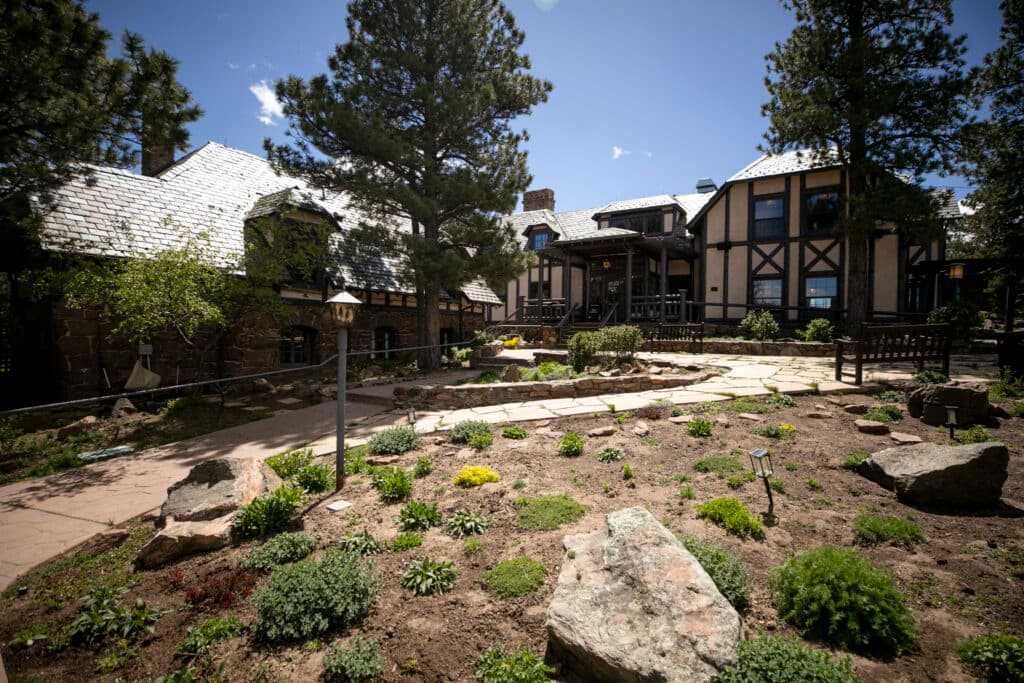
Here’s what we know about the budget.
“The city has been forthright with both City Council and city employees that the 2026 budget will likely be a reduction from 2025,” Ewing said.
Last month, the Department of Finance shared a presentation on the budget at the council’s Budget and Policy Committee.
Staff discussed the economic challenges and revenue issues facing the city – but with few particulars about how dire things could become. The message at that meeting: Growth is not an option and cuts may be necessary.
The Department of Finance suggested that the city eliminate vacant positions that were frozen in last year's budget. But beyond that, there wasn’t much sense of scope.
Many factors are leading to the possibility of budget cuts:
- The city is running out of money that it received from the American Rescue Plan Act – a pandemic-era federal program both former mayor Michael Hancock and Mayor Mike Johnston used to fund large-scale social service programs that have outlasted the special funding.
- The Trump administration has been canceling millions in funding – including some already promised to the city. (The city just announced it would be joining a lawsuit to preserve some of that funding).
- Diminished sales-tax growth is eating into the city’s general fund.
Additionally, fears of a recession, inflation and Trump’s unpredictable trade wars make fiscal planning difficult.
Councilmember Jamie Torres described the economic woes as “entirely manufactured” and “manmade,” blaming Trump.

But council members had local worries, too. Gilmore raised concerns about the unknown costs of Johnston’s All In Mile High homelessness prevention efforts. She says it’s still unclear what the city is spending on hotels and motels, tiny home communities, housing efforts and related social services.
Councilmember Amanda Sawyer said council has less information from the mayor than most years, but she added that the budget and economy would be extremely difficult to forecast either way.
Sawyer’s not sure the mayor’s office even has enough information to predict what’s ahead.
“It’s a perfect storm,” she said.
The city expects to have more information this Thursday about projections for next year. Staff will be informed that morning, and the public will be notified in the afternoon.
The council is expected to send its priorities to Johnston before that happens, though. Council is willing to be nimble as new information is provided, Sandoval said.
The mayor’s proposed budget is due Sept. 15. The council and mayor will go back and forth through the fall, and the final budget must be approved by Nov. 10 — in time for the budget to take effect with the new calendar year.
The current year’s budget is $1.76 billion, a 0.6 percent increase from the prior year.

What priorities did the council set?
The purpose of the meeting was to find consensus on policies that will guide the mayor in figuring out how the city will spend taxpayer dollars. But it was tough for council members to say whether they would recommend to make decisions with so little information.
“It looks very tone deaf for us to be asking for things to be increased,” Sawyer said, referring to the threat of cuts and furloughs.
Council members even struggled to decide the method for selecting its priorities. They split six-to-six on the question of whether to establish priorities through a super majority or a simple majority vote. Councilmember Sarah Parady, who was out sick, would have been the tiebreaker.
At one point, the council joked about having a dance off or a thumb war to resolve the question.
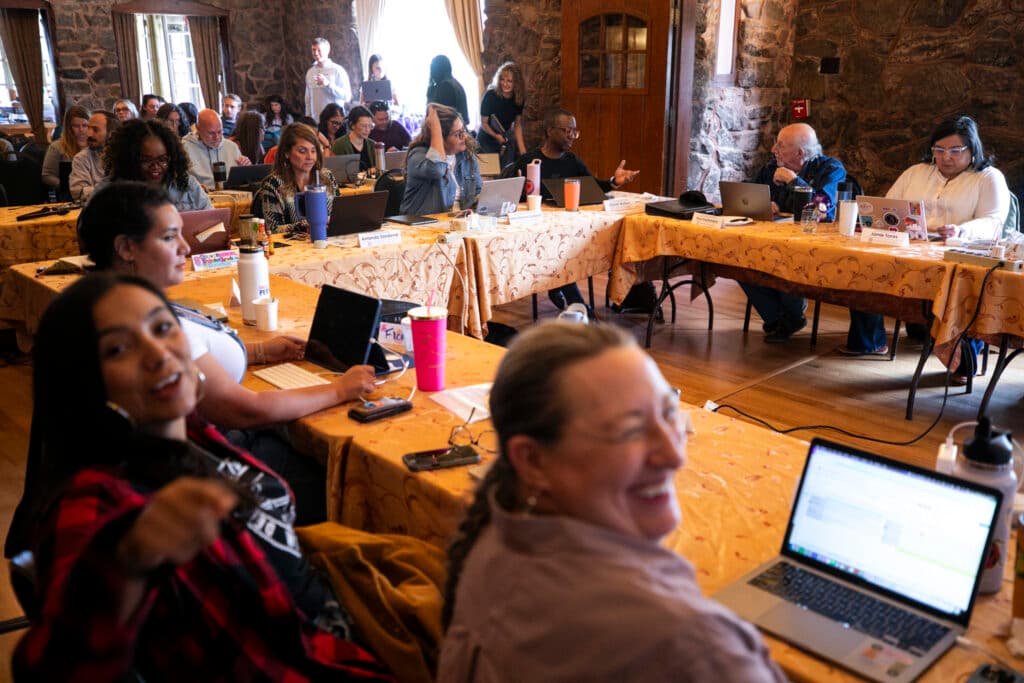
But, ultimately, the council did come to some general agreement on Friday. The elected officials had seven goals entering the meeting and established priorities for each one.
Here is how the body described its priorities.
(Ed. note: The following text came from Denver City Council but was edited for style and clarity. Links were added by Denverite.)
Community safety:
- Maintain or increase general fund funding to expand the STAR program, which sends mental health workers to emergency calls that do not require an armed response.
- Maintain or increase general fund funding and expansion of the Place Network Investigation program, including community advisory work groups and street lighting. This program focuses law enforcement strategy on areas with high violent crime rates.
Empower community:
- Appropriately staff and resource for community empowerment and engagement.
- Improve neighborhood involvement by broadening notifications for liquor, cabaret, and marijuana license applications, as well as rezoning applications.
- Maintain or grow the participatory budgeting program in 2026 by allocating funds for the inclusion of additional communities, permanent staffing, consultants, public engagement processes, and community grants.
- Expand outreach and education expectations of the Human Rights and Community Partnerships office.
- Add $2 million to the immigrant services legal fund.
Housing needs:
- Set funding for Temporary Rental and Utility Assistance and Eviction Legal Defense at an “appropriate” amount based on need for the last two years.
- Allocate funds for the Residential Property Tax Rebate Program. Enhance access to affordable housing options for older adults, facilitating aging-in-place initiatives. Introduce mortgage assistance programs to support existing homeowners at risk of displacement.
- Maintain or expand funding for accessory dwelling unit construction assistance, based on the West Denver Renaissance Collaborative’s model.
- Fund and implement recommendations made by the Residential Health Stakeholder Group.
Workers and businesses:
- Continue to find ways to support businesses impacted by city construction projects.
- Increase funding for nonprofit support, including creating space for multiple groups to share and financial aid for acquisition or rental assistance across city neighborhoods. Also, allocate resources for nonprofit capacity building, mentorship programs, and overall enhancement of the nonprofit sector's capabilities.
- Introduce mini-grants to support workforce development programs aimed at enhancing year-round youth employment opportunities in both the private and public sectors.
- Support a variety of work centers and worker-owned cooperatives, studying businesses that could become worker-owned, and prioritizing business licensing and permitting for worker cooperatives, and ensuring the city’s migrant worker programs uphold strong labor practices.
Climate response:
- Coordinate resources to establish green corridors spanning council districts, reducing the heat island effect while enhancing walkability and roll-ability, connectivity, and accessibility between neighborhoods. Allocate funding for the expansion and upkeep of tree canopies.
- Provide $50 million in 2026 to begin building an ambient loop to capture heat from wastewater and replace the need for two Xcel substations downtown.
- Provide subsidy for small events to participate in Waste No More, the voter-approved recycling and composting program.
- Invest in forward-looking emergency preparedness initiatives and establish community resilience hubs to address challenges posed by unpredictable climate-related disasters.
- Activate shelter populations, migrants, youth, and other vulnerable populations to help achieve climate goals and learn skills for the workforce and the green economy. Invest in building a skilled workforce through vocational training and apprenticeship programs.
Infrastructure:
- Invest in achieving Vision Zero goals and prioritize pedestrian and cyclist safety, exploring various measures like enhanced crossings, traffic calming, scooter corrals, and other infrastructure improvements. Expand installation of speed humps or tables in every council district Undertake the Intelligent Passive Pedestrian Protection demo project ($1 million). Prioritize signal timing changes citywide to allow leading pedestrian intervals wherever possible without having to replace traffic signals.
- Ensure safe routes to school are available to protect public health and prevent children from exposure to illicit substances.
- Complete a road safety audit on all high-injury networks by the end of 2027 and share a plan for implementation of completed audits by the end of 2026.
Families, youths and older adults:
- Invest in addressing the childcare crisis for working families, including reducing childcare space costs for providers and supporting childcare workers, including Family, Friend, and Neighbor (FFN) providers.
- Expand services tailored for the senior population to facilitate their access to community and city opportunities. This includes offering free rides to senior activities and extending this benefit to people with disabilities as well.
- Funding for the Office of Municipal Public Defender, a group that offers legal representation to low-level offenders who are youth.
Healthy communities
- Create a Food Justice Fund to provide flexible support for infrastructure, staffing, transportation, cold food storage, culturally relevant food purchasing and distribution. Designate small acreages for local agricultural production and implement strategies to minimize residential food waste. Collaborate with and fund programs like Denver Community Fridges to enhance food accessibility in communities. Additionally, ensure the permanency of programs like the Botanic Gardens Fresh Food CSA.
- Maintain current staffing and capacity for the Roads to Recovery Program.
- Fully implement the DDPHE Health Assessment Report.
- Expand medical-assisted treatment (MAT) for Denver Health, in collaboration with the Denver Sheriff’s Department.

